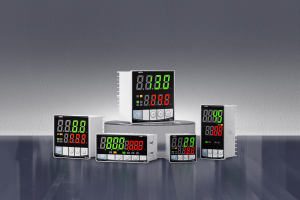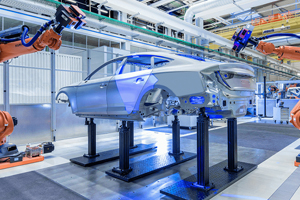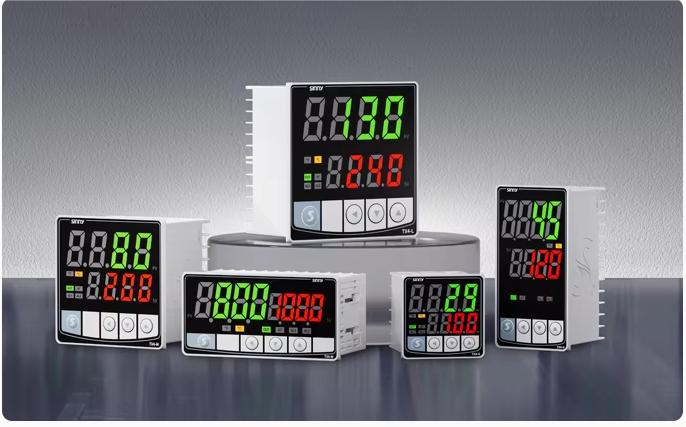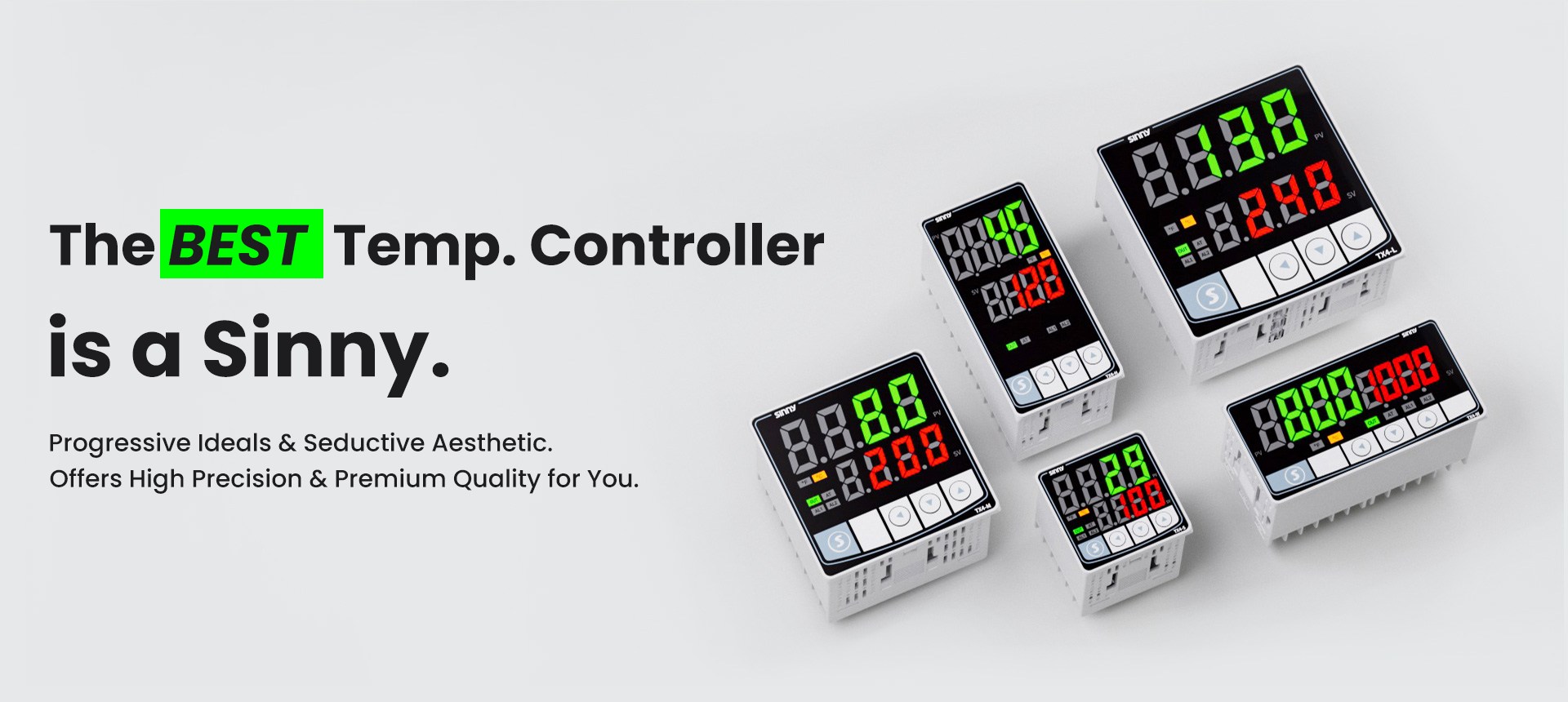DC 220V Temperature Controls: Setup for Industrial Use, Tuning and Top Models
Learn how to master 220V DC controllers in industrial applications, including wiring, tuning and comparisons between Omega/Omron, as well as troubleshooting. Includes wiring diagrams & future tech trends.
I. I. Introduction
In high-voltage DC systems like solar thermal or battery production, industrial thermal processes require unwavering precision. PID (Proportional-Integral-Derivative) controllers for DC 220V systems provide unparalleled temperature regulation, leveraging algorithmic precision to maintain +-0.5degC stability in high-current applications. These devices are superior to AC-based solutions in noisy environments, with renewable energy and high-load applications. This guide explores their engineering principles, implementation, and optimization--essential knowledge for electrical engineers and industrial automation specialists seeking reliability and efficiency.
II. What is a PID controller?
DC 220V thermal controllers convert raw power to calibrated thermal control by sophisticated signal processing.
Conversion to Power
The silicon controlled rectifiers (SCRs) convert 220V AC to DC and filter it to reduce ripple.
The optocoupler isolates low voltage control circuits (e.g. 10kW heaters) from high power loads.
Control algorithm execution
Proportional (P).: Changes the power output in proportion to an instantaneous temperature error. (Example, 80 % power for -20 degC under setpoint).
Integral (I): Corrects cumulative drift, e.g. gradual underheating of industrial kilns.
Derived (D) : Calculates thermal momentum based on rate of change, and prevents overshoot.
Output Mode
Solid-state relays can be controlled by pulse-width modulation signals (PWM), which adjust duty cycles (from 0 to 100%) for fine-grained control.
Technical Reference: Control.com DC PID Architecture shows the signal-flow topology.
III. The Key Specifications & Features
When selecting a DC220V PID Controller, it is important to consider the following parameters.
Parameter
Industrial Standard
Performance Effect
Input Voltage
220V DC + 10%
Compatible with solar/battery system
Maximum Load Capacity
25A-100A (SSR output)
Industrial heater supports
Types of Sensor
PT100 Type K thermocouple
Accuracy of +0.1degC
Communication
Modbus RTU on RS485
Integrating SCADA/BMS
Advanced Features
Ramp/Soak profiles: Programable temperature trajectories.
Alarm Triggers: Overvoltage/overcurrent shutdown (certified to IEC 61010).
IV. The Industrial Application
Battery Manufacturing
To prevent degradation of lithium-ion batteries, the temperature in electrode drying ovens (230V DC) must be uniform at +-2degC. Tesla's Gigafactory uses PID-controlled areas for quality assurance. ( Electrek 2023).
Plastic Extrusion
The barrel temperature is stable (+- 1degC), ensuring consistent viscosity. DC systems can reduce EMI interference in servo drive applications.
Renewable Energie
The IEA case study, 2022) shows how solar thermal plants can optimize energy conversion by using 220V DC controllers for parabolic trough heating.
Laboratory Equipment
PID algorithms are used to test materials in vacuum furnaces, such as Thermo-Fischer models.
V. Installation & Wiring Guide
Compliance with Safety: The mounting on DIN rails, the IP65 enclosures and IEC60364 grounding is non-negotiable.
Step-by-Step Wiring:
Connect the 220V DC power supply at L+/L terminals (using 10AWG copper cable).
Sensor Integration: Wire 3-wire PT100 probes (excitation, signal, ground) to eliminate lead resistance errors.
Load control: Connect SSR output terminals with heating elements (fuses at 125% of rated current).
Communications Daisy-chain RS485 cable (shielded cat6) for Modbus network.
Visual Guide: Instructables' DC PID Wiring Tutorial demonstrates best practices.
VI. The Top 5 DC PID Controllers for 220V
Advantages
Use Case
SDC35
Omega
Dual PID loops, 24-bit ADC resolution
Batteries lab tests
PXR5-TS
Fuji Electric
50A SSR output, vibration-resistant design
Plastic Extrusion
E5CC-QX
Omron
IP66 rating, cloud connectivity
Outdoor solar plants
CNi8
Honeywell
Data logging on SD Card with Touchscreen HMI
Drying of Pharmaceuticals
TEC-2200
Autonics
Direct 220V control, 4-20mA analog output
Compact OEM Systems
Note on Procurement: Check CE/UL certificates at manufacturer portals.
VII. Tuning and Optimization
DC Specific Tuning Protocol
Initial parameters: set P=5.0,I=0.1min-1,D=2.0 (for resistive loads of 10kW).
Step-Response Test:
Setpoint Increase: 10%
D Gain can be increased by up to 0.5 increments if overshoot is >5%.
Auto Tuning: Use Omron’s “AT” function to automatically calculate gains.
Noise Mitigation:
Install Snubber Circuits (RC Networks) on all SSRs.
Sensor cables should be twisted pair with ferrites cores.
Simulation tool: MATLAB (MathWorks). Models load dynamics.
VIII. Troubleshooting common issues
Symptom
Root Cause
Resolution
Erratic readings
EMI Interference
Regrounding system; shield cables
SSR Fault
Overcurrent/arcing
Check derating curves and install heatsinks
Setpoint Drift
Integral windup
Set anti-windup on firmware
Calibration Protocol Validate PT100 sensor at 0degC(ice bath) or 100degC(boiling wate) every quarter.
IX. Future Innovations
Wide-Bandgap Semiconductors:
The Texas Instruments whitepaper on GaN transistors shows that they can achieve 95% efficiency when operating at 220VDC ().
Edge AI Integration
Real-time adaptive tuning using neural networks (Siemens MindSphere).
Sustainability Design
RoHS compliant PCBs and recyclable enclosures are in line with EU Green Directives.
X. Conclusion
DC 220V temperature controllers with PID represent the pinnacle of industrial thermal control, combining mathematical precision and robust electrical design. Their ability to maintain accuracy to a sub-degree in noisy environments, whether it's for solar farms or lithium-ion manufacturing, is essential. Prioritize auto-tuning and Modbus connectivity when selecting units. These systems will revolutionize manufacturing as GaN and IIoT technology matures.
CALL TO ACTION Share below your DC PID Implementation Challenges - Our engineering team will reply within 24 hours.
- A Comprehensive Guide for PID Oven Temperature Control
- Understanding PID temperature control: Basics, tuning & practical applications























